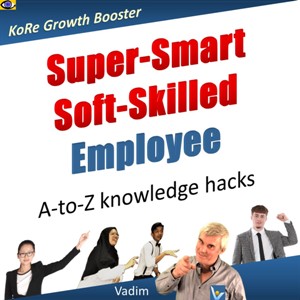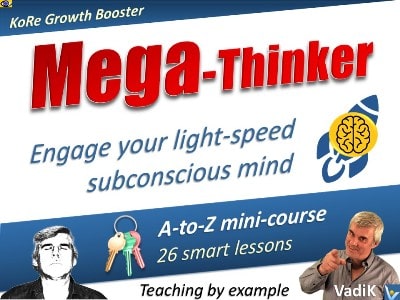| |
|
Tacit
Knowledge as a
source of
Sustainable Competitive
Advantage
|
|
|
 |
|
All
knowledge isn't the same.
There is explicit knowledge –
the kind that can be easily
written down (for example,
patents, formulas, or an
engineering schematic).
The explicit knowledge can
create competitive advantage,
but its shelf-life is
increasingly brief, as it can be
replicated easily by others.
|
|
| |
Tacit knowledge, or implicit
knowledge, underlies many
competitive capabilities. The
experience, stored as as tacit
knowledge, often reaches
consciousness in the form of
HIGHERsights,
insights,
intuitions, and flashes of
inspiration.
Individual tacit
knowledge is not publicly
available except as embodied in
people
Collective tacit
knowledge is woven into the
fabric of an organization and is
not easily imitated.
|
|
 |
| |
"Tacit knowledge includes
relationships, norms, values,
and standard operating
procedures. Because tacit
knowledge is much harder to
detail, copy, and distribute, it
can be a
sustainable source of
competitive advantage...
What increasingly differentiates
success and failure is how well
you locate, leverage, and blend
available explicit knowledge
with internally generated tacit
knowledge," says Christopher
Meyer, the author of
Relentless Growth.
|
|
Sustainable Competitive
Advantage
Benefits
People
Holistic
Intelligence
Serendipity ▪
Trust |
|
| |
Tacit knowledge, as opposite to
explicit
knowledge, is far less
tangible and is deeply embedded
into an organization's operating
practices and culture.
Inaccessible from explicit
expositions, tacit knowledge is
protected from competitors
unless key individuals are hired
away.
|
|
 |
|
|
|